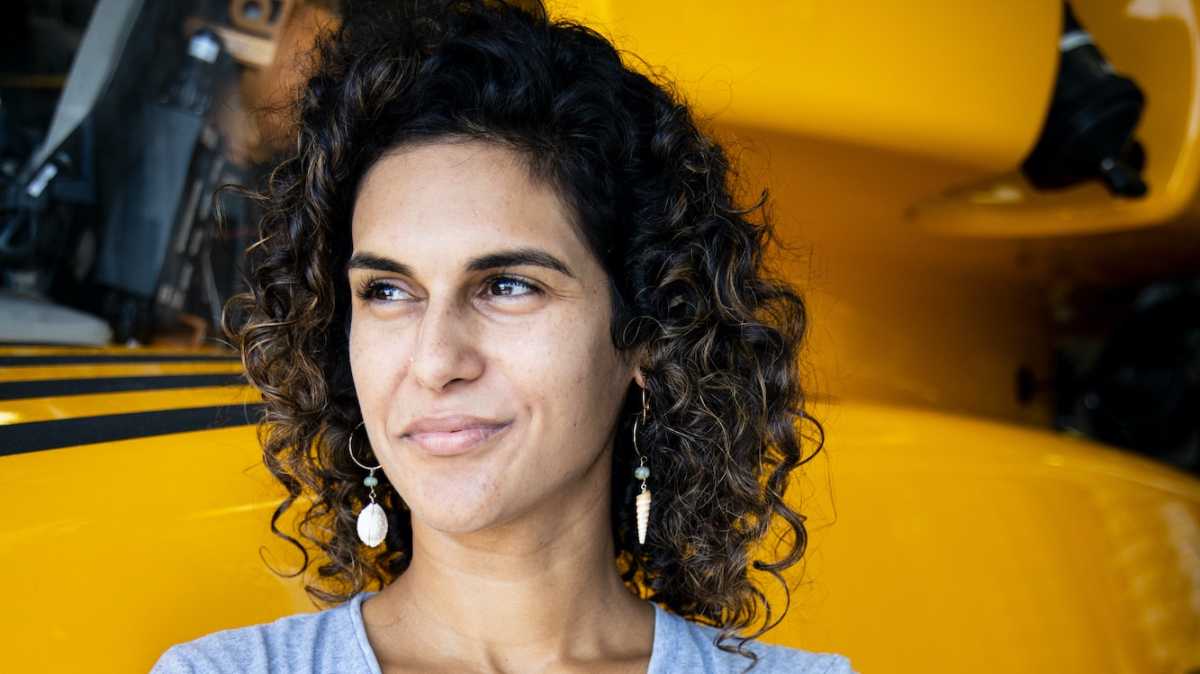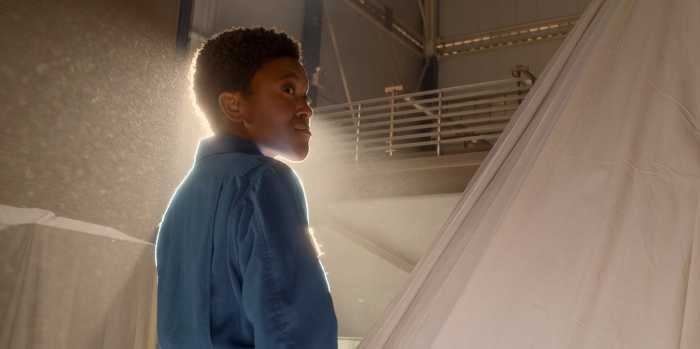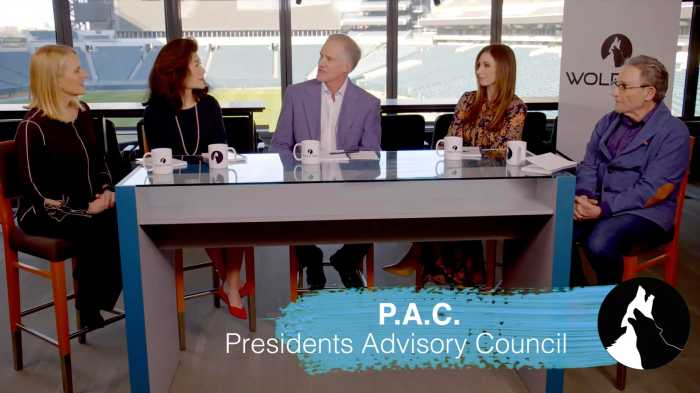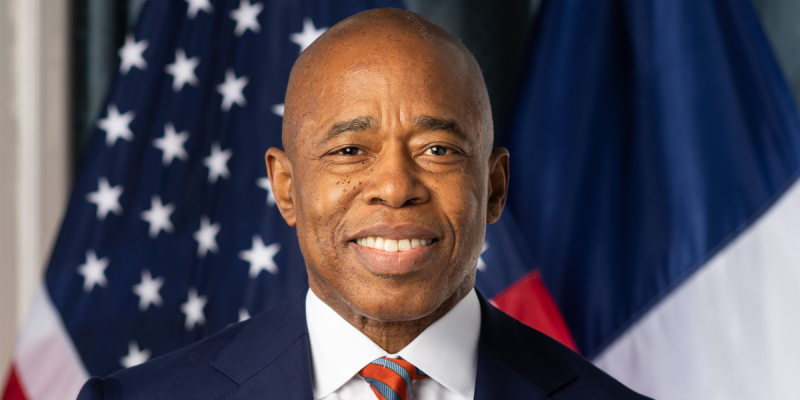About 71% of the Earth’s surface is water-covered, and the oceans hold about 96.5% of all water, but we know little about what goes on deep below the surface. Disney+ and National Geographic’s new six-part limited series “Welcome to Earth” is aiming to change that.
Following Will Smith, “Welcome to Earth” takes viewers on different journeys alongside the actor and every single one of them is mind-blowing, both conceptually and visually. From volcanoes that roar in silence to sensory-bending deserts to the very bottom of the ocean, Smith helps take viewers on the other side of his own fear, which he proudly proclaims in the series is where the best parts of life lie.
In one episode of the breathtaking series produced by visionary Academy Award-nominated filmmaker Darren Aronofsky, Smith joins National Geographic Emerging Explorer Diva Amon on a deep sea dive. Although wrongly thought of as a desolate and dark place, the episode aims to show the colorful and lively parts of the sea, most of which have never ever been seen before by humans. Throughout their seven-to-eight hour journey, we as viewers are met with so many wondrous sights — so, we had to chat with Diva Amon herself to get more of an inside scoop.
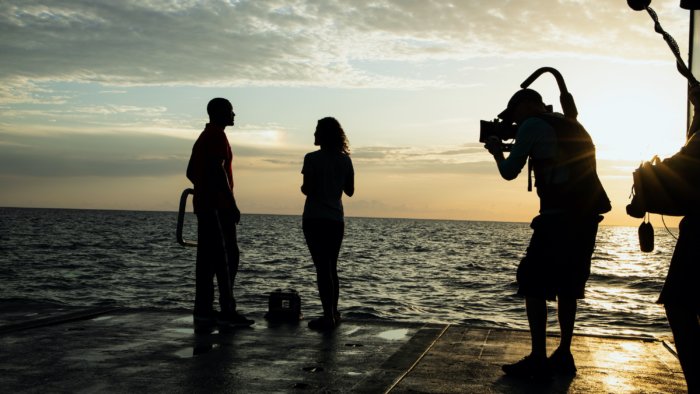
How did you get started in your career?
I’m from Trinidad and Tobago, so [growing up] a lot of time was spent playing on the beach, snorkeling, diving and sailing. During those times I remember looking out to sea and wishing I could pull away all that water to see what was living down in the depths. Even though the Caribbean is where my love for the ocean blossomed, it wasn’t until many years later while at university that I realized there was so much more in the ocean to love than what lies in the shallows. And not just to love, but that’s actually where most of the questions were to still answer… And that’s kind of where it began.
You mention on the show you’ve been on 16 expeditions, are they all dives?
Yes, it’s actually going out to sea on a massive ship, like what you see in the series, and spending anything from a month to two months out on the vessel… during that time you do not see land. It’s of course an extremely exciting experience, you’re often seeing new parts of the planet that no one’s seen before, new species, new habitats and new behaviors. But of course, it’s also a pretty challenging experience and you’re pretty isolated — field work is not an easy thing. But, I wouldn’t change it for the world.
What are some of the most unique landmarks or creatures that you have seen?
That’s really the hardest question to answer because on every expedition and on every single dive into the deep sea, you’re seeing something amazing. From lakes at the bottom of the Gulf of Mexico, to super salty brine that sits on the sea floor — and when you drive above it, it actually ripples like water on a lake — to anemones with 6-foot long tentacles that billow in the currents, to sharks that glow in the dark, to hairy white crabs that grow bacteria on their hairy chest and then eat them… The deep sea is full of incredible life that really breaks paradigms that we thought about how animals can live on this planet.
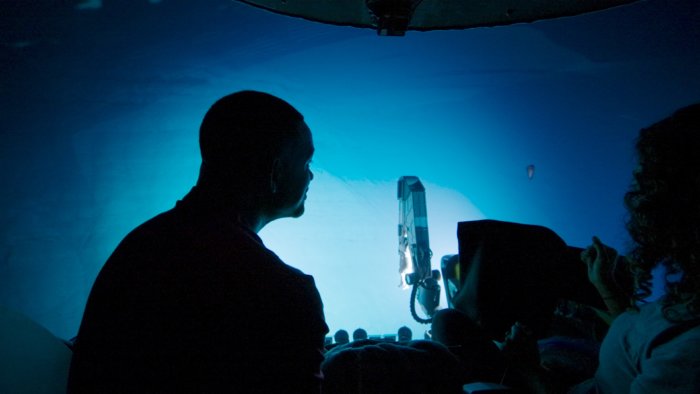
What was that whole experience like for you, bringing Will Smith along on a dive? You can tell he’s extremely nervous going into it.
There were two main things I really took away from going through that experience with Will. I think seeing his fear and his honesty about his fear of the ocean — and not just the ocean but the deep sea, a part of the planet that no one has been before and a part of the planet that if something goes wrong, no one is coming to help us — it’s totally understandable. Seeing that fear really allowed me to see him as a real person. I think the other thing that really hit home, and this is what you get going down with anyone for the first time whether it’s an A-list celebrity like Will Smith or a young scientist for instance, it’s that experience of doing this for the first time. The fact that you get to walk through those emotions with them, from fear to transforming into awe and inspiration and just complete amazement at what is down there, it really reminds me about what a privilege it is to be able to do what I do. It’s that little reminder.
Does it feel like 7 or 8 hours down there? Do you guys bring snacks?
These are great questions—it definitely does not feel like 7 or 8 hours because there’s this rush and spectrum of emotions that you go through. You’re going over the side and you’re super excited and then you begin the descent and you’re watching the changes in color, and then you start seeing animals and you’re distracted. Then of course when you get to the bottom you have things to do, especially when you’re on a science dive. You’ve got a list of tasks that you need to get through, so those seven to eight hours goes so quickly. But of course, you’re right, you do get hungry, so you get a little packed lunch and a snack bag and something to drink so you take that all down with you. But actually something else nobody thinks about is that there’s not bathroom… So, in addition to this fear that you’re going to this place, there’s this tiny fear of hey, what if I need to go? Every single dive I go on, that’s my main fear.
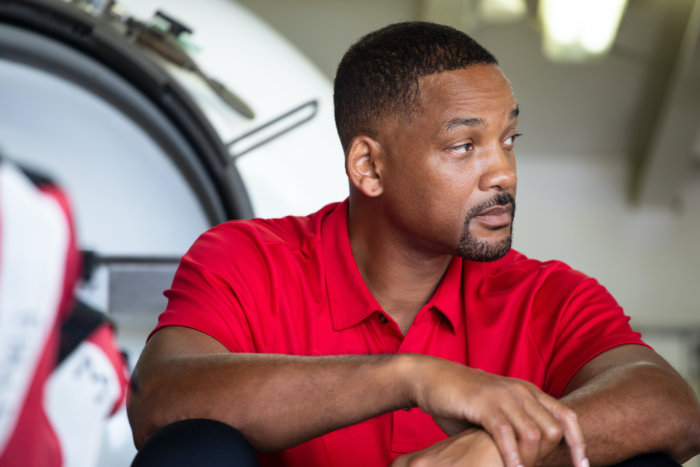
What are you hoping that audiences take away from this episode and the series as whole?
The first thing I hope, the deep sea — even though it’s the largest realm on our planet — it doesn’t really get any air time. So I really hope that viewers absolutely enjoy the journey down there and that this really helps with that misconception that there’s nothing down there and that it’s a boring, dark and barren place. It’s the total opposite. There is loads of life and the life is amazing and we should be exploring more. The other thing I think, the show really helps to redefine what an explorer is. None of the explorers, myself, Albert, Eric, Christina or Dwayne are what you would think when an explorer comes to mind. I think this series is going to do a brilliant job of opening up nature and parts of the planet that people aren’t familiar with and to an even broader part of humankind, so that’s really wonderful. And the last thing I think “Welcome to Earth” showcases is the planet in a way it hasn’t been showcased before. It’s this real smorgasbord for the senses and it shows that there are still so many places that we know very little about. It’s home to this incredible diversity of life that really takes our breath away even to us experts, and there are still so many connections to us and the planet and life on the planet that we are still struggling to understand. So, I hope that the show reminds us that planet earth is pretty damn special and we should be better stewards of it.
“Welcome to Earth” will start streaming on Disney+ Dec. 8.



